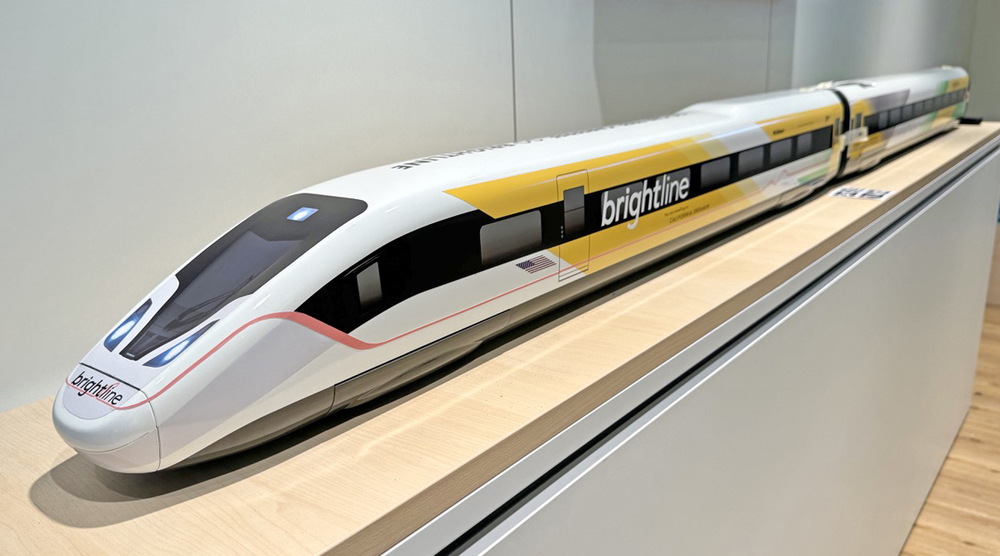
BERLIN — InnoTrans provides the opportunity for the world’s railway operators to meet the leading train manufacturers in one place, and this works for the media, as well. Trains News Wire has spoken to the two leading European train builders who also are very active in North America at the show in the last two days to find out more about their plans and current contracts.
Siemens CEO for North America Marc Buncher described the company’s plans and progress with passenger rail equipment contracts in a wide-ranging interview. The growth of Siemens North American manufacturing capacity is impressive since the previous InnoTrans in 2022 [see “Siemens optimistic about US passenger market,” Trains News Wire, Sept. 24, 2022]. One new assembly plant in Lexington, N.C., is in the process of being completed; another will be built in Horseheads, N.Y. [see “First US high-speed rail production facility to set up shop …,” News Wire, Sept. 9, 2024].
Siemens’ success in winning the Brightline West order for 10 initial trains with its new, seven-car American Pioneer 220 trainset led to the creation of the plant at Horseheads. The new equipment uses design experience Siemens has gained from its Velaro high-speed trainsets in use across Europe. Buncher points out the New York site already had environmental permits for manufacturing activity and came with concrete pads pre-installed for where the assembly buildings will be.
The first two trains for Brightline West will be built in Germany at Siemen’s Krefeld factory under a waiver agreed to under Buy America rules, and will be tested in Europe at Siemens’ purpose-built Wildenrath test track about 50 miles from the plant. The Krefeld facility is currently building Velaro trains for the new high-speed network being built in Egypt, as well as for German operator DB. The factory is delivering a new eight-car Velaro-neo train to DB every two weeks this year.
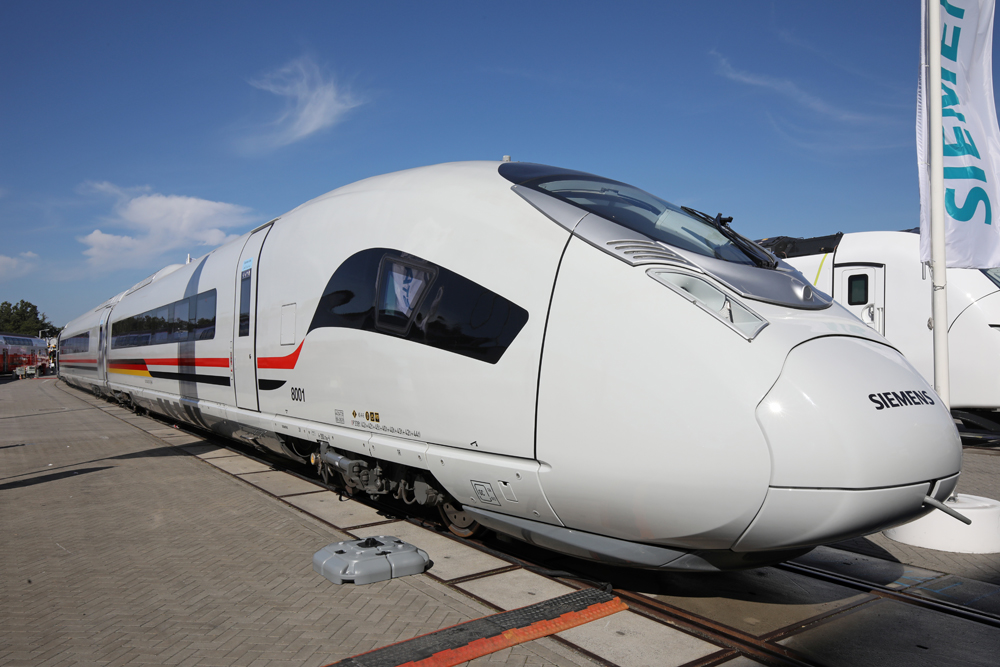
Buncher is clear on wanting to win the California High-Speed Rail Authority’s tender for its first six trains [see “California High-Speed Rail board approves …,” News Wire, April 13, 2024]. He points out Siemens is not just building trains for Brightline West but supplying PTC and electrification equipment to the consortium building the new line. He confirms the PTC system will be derived from the European Train Control System used in Europe and in Asia, sold by Siemens and several other manufacturers. It will require variation for the North American market so will not simply use existing systems.
In investing in two North American new factories, Siemens is clearly hoping for the sort of scale of manufacturing its German facilities currently have. The site in Lexington, N.C., is 250 acres while the original Siemens site in Sacramento is only 73 acres, although it now employs around three times as many people as a decade ago. The large order from Amtrak for 73 Airo trainsets to enable replacement of aging Amfleet cars is one reason for the Lexington facility, according to Buncher, although he also sees future opportunities for servicing and maintenance work at the site, as well as orders for additional cars from other customers such as Brightline in Florida. While some car manufacturing will move to North Carolina, Buncher confirms that all Charger locomotives now on order —from Amtrak and other customers such as Metro-North, VIA Rail Canada, and Montreal commuter operator Exo — will continue to be built in Sacramento.
The Canadian government’s announced intention to order new long-distance equipment is seen by Buncher as a major opportunity — although he cautions that it will partly depend upon what VIA Rail specify it wants to buy. The current 32-trainset order from VIA for Ontario-Quebec corridor services is now two-thirds complete, he says, with the 23rd train delivered recently. Any future Amtrak long-distance equipment orders would also be of great interest.
Alstom’s Avelia trains, in the USA and France
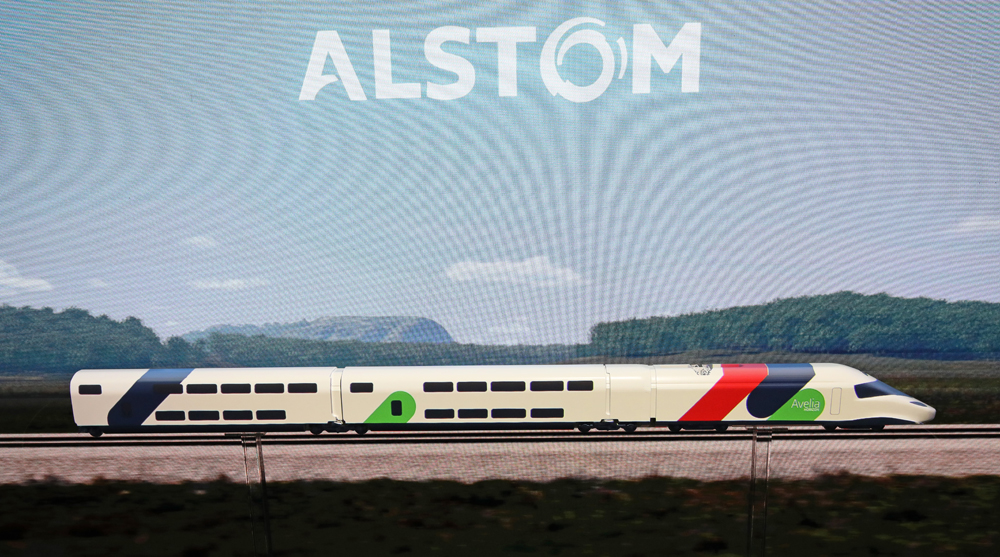
French manufacturing firm Alstom is building high-speed trains for use in France and the USA, although both are going through lengthy approval processes and have yet to enter service. While the trains are both from Alstom’s “Aveila” family of high-speed trainsets and share some design features, they are also different in many ways.
Alstom is promoting its Avelia line at InnoTrans to potential buyers from around the world with a multi-media presentation of its Avelia Horizon model being built for French Railways (SNCF). This features bilevel cars between the power cars. Unfortunately, the actual train is not on display, while several high-speed trains from competing companies are on hand.
Romaine Bosramiez of Alstom’s Avelia team told News Wire that the Horizon would reduce energy consumption by 20% compared to previous French double-deck TGV designs, while also increasing the number of seats by 20%. The new model also features what Alstom says are the biggest windows on the market, with deliberately narrow gaps between them, meaning the view for passengers is better than previous TGV trains. Discussing the train’s 200-mph top speed — the same as the fastest of the older trains — Bosramiez says “the speed race is over.” Trains are now unlikely to be built for higher speeds, as the cost of infrastructure or upgrades to existing high-speed routes will be great.
The new Avelia Horizon includes nine passenger cars (instead of eight on older French TGV models) and a battery module. At 202 meters (a bit over 662 feet), it is two meters longer than prior models. The batteries are not designed to allow high speed operation, but are a back-up in the event of power failure or for switching in yards. Alstom expects to hand over the first of the new trains to SNCF next year.
Talking about the American-built Avelia Liberty high speed train ordered to become Amtrak’s new Acela, Bosramiez points out that while the power cars share visual similarities with the Avelia Horizon, they are built to different standards. Federal Railroad Administration regulations require a different crashworthiness standard than in Europe, and some of the traction voltages on the Northeast Corridor differ from Europe. Also, the American-built train has single-level cars and is equipped with an anticipative tilting system, similar to that used by Alstom on “Pendolino”-type trains operating in Britain and Italy. The new Amtrak fleet has one other, probably less welcome, similarity to its French cousin: It is also awaiting for approval testing to be completed.
Alstom lost out to Siemens for the Brightline West contract but plans to offer a version of the Avelia for the California High-Speed Rail order. Alstom managers who spoke to News Wire appear optimistic of success.






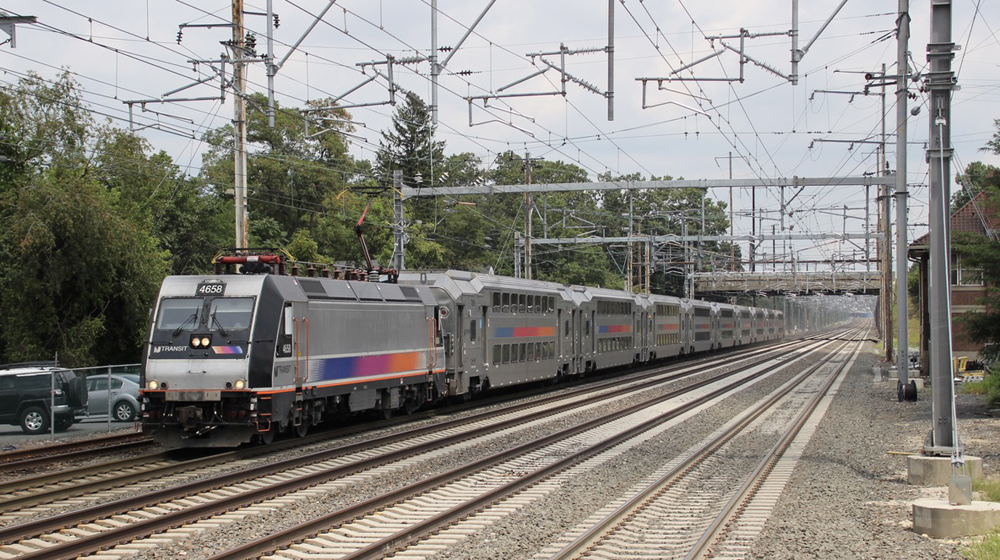
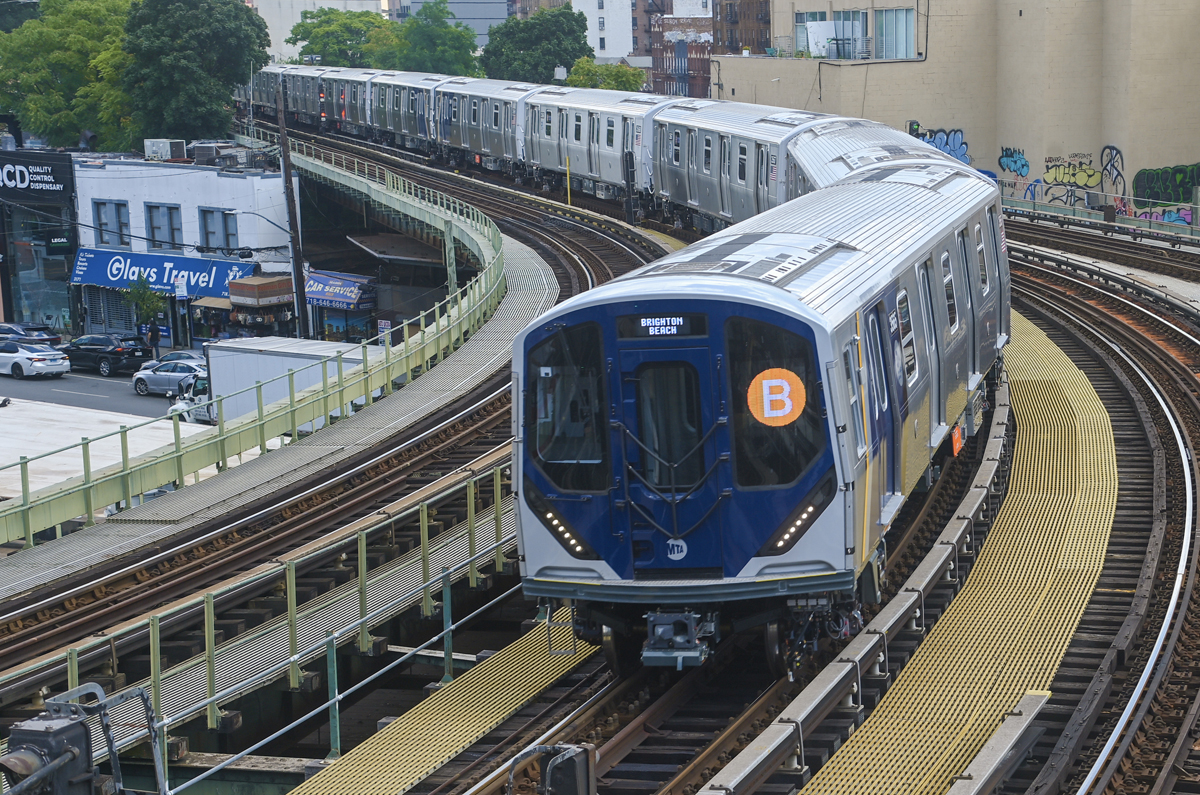
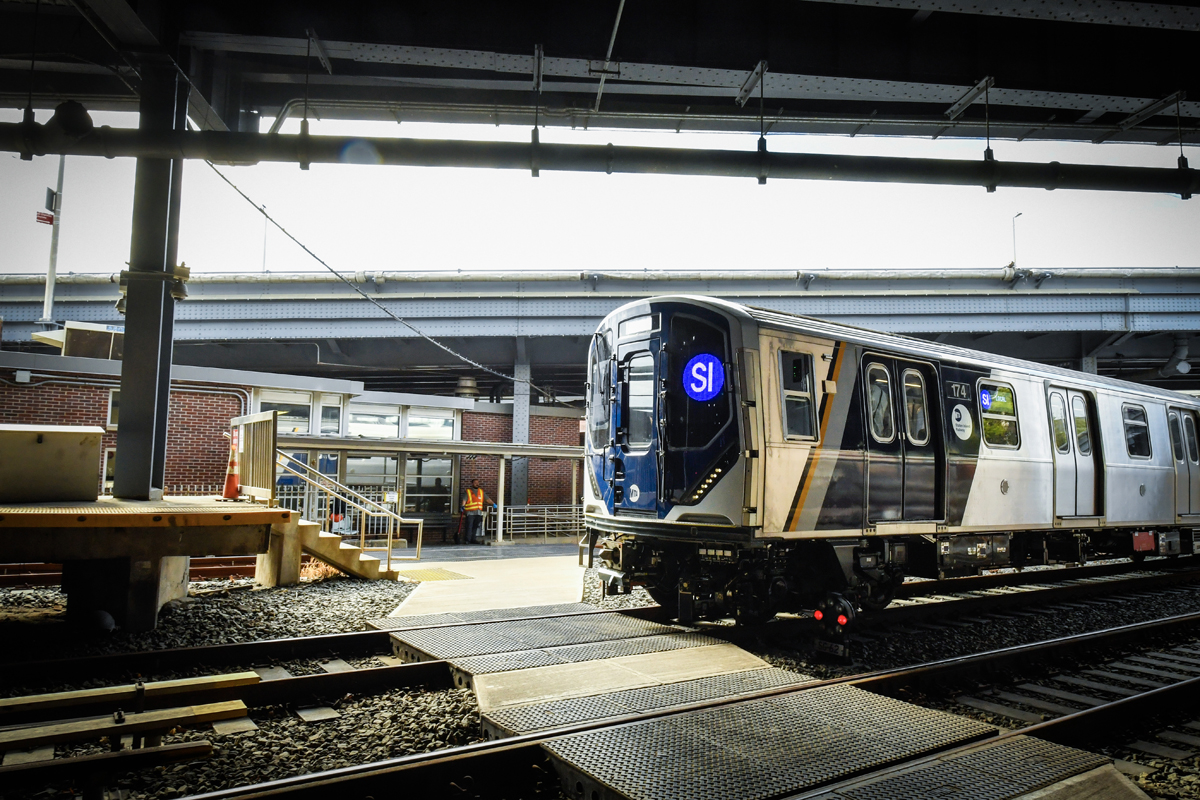
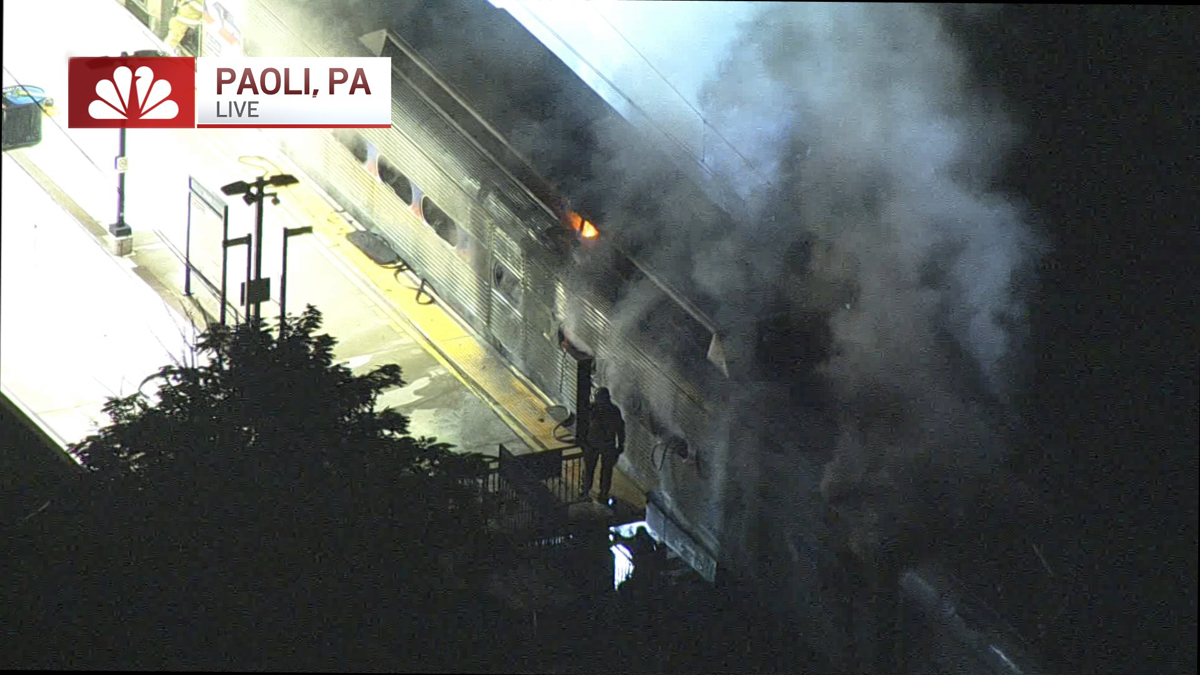




And are there any US companies?
No, we as a country chose not to invest in passenger rail decades ago. No US company has the know-how to manufacture high-speed trains. Our only option is to purchase from foreign companies willing to abide by the Buy American act and set up shop in the US.
Alstom has current coach contracts for multilevels for Metra and single levels for Connecticut. How’s that coming along?
Alstom should be displaying their Metra bilevel prototypes by the end of the year I would think. It will have been 3 years and its based on an existing design.
I am surprised none of the makers bidding on Amtrak sets are building a factory in, you guessed it, Beech Grove.